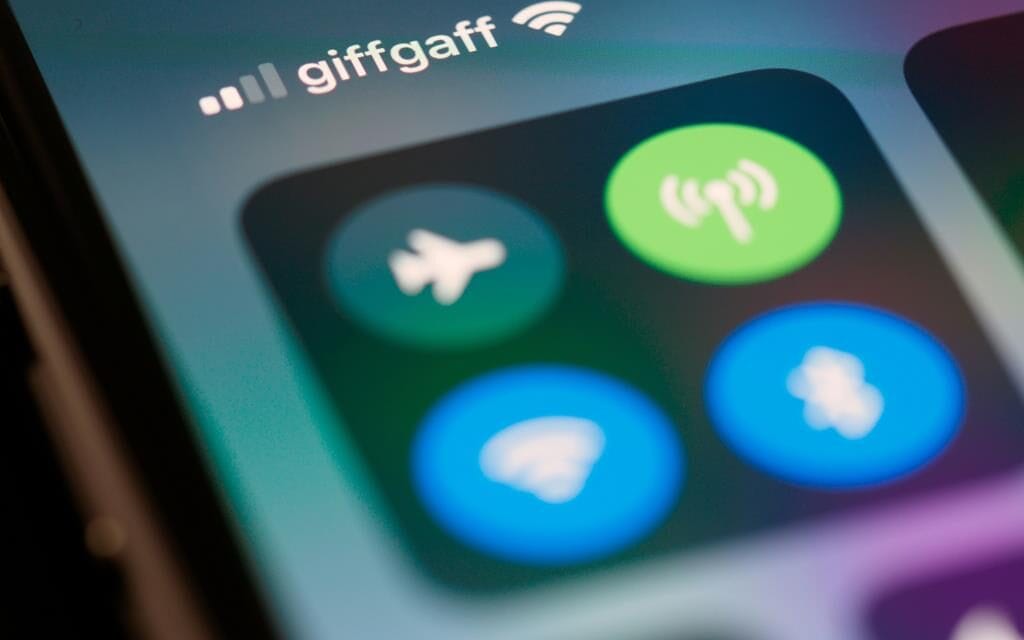
How Airlines Deliver Wi-Fi When You’re 30,000 Feet in the Air

Wi-Fi is everywhere nowadays, powering our smartphones, laptops, and even household appliances in smart homes. That’s why it’s no surprise when airlines offer in-flight Wi-Fi nowadays, despite how much of a technological marvel it is. There are two main ways of delivering Wi-Fi to airplanes when they’re miles in the air, explained below.
Getting In-Flight Wi-Fi
In-flight Wi-Fi is offered by the largest airlines in the world, either as a free addition or a paid upgrade to the usual travel experience. Using an authorized network, flyers can then access the internet with their smartphones or laptops – a game-changer for longer flights where it can be challenging to stay entertained.
It makes sense that we have implemented the internet as in-flight entertainment. Internet access is key to streaming shows or finding other services like iGaming websites. Just one iGaming site can have hundreds of games on its pages, including ones inspired by airplane travel, like the Aviator slot at Paddy Power. Ultimately, the internet allows passengers to find their own entertainment during the journey, making it a popular catch-all solution that suits every taste.
Airline Wi-Fi serves another purpose – controlling the plane’s incoming and outgoing Wi-Fi signals. If every passenger accessed their own internet during a flight, the barrage of Wi-Fi signals may disrupt some of the plane’s systems used for communication. This is why the crew asks to turn phones off, especially during takeoff, and also why airplane mode exists. By offering a network run and managed by the airline, they know how to track its signals and disregard them. That way, there’s no confusion between passenger connections and the plane’s own functions. This is just another way that airlines ensure passenger safety in the digital age, covered by EnosTech in the past.
How In-Flight Wi-Fi Works
There are two main ways that airplanes access the internet, though in reality both methods can be used simultaneously, when most convenient. The first method is air-to-ground (ATG) Wi-Fi which functions similarly to your standard Wi-Fi connection. The second method is much more advanced – satellite-based connections that beam internet down from above, instead of below the craft.
Air-To-Ground Wi-Fi
All of our Wi-Fi signals rely on broadcast towers, typically 4G or 5G towers spread across most countries. Air-to-ground Wi-Fi uses similar towers that target antennae fitted onto the aircraft. The result is a working internet connection beamed thousands of feet into the air, enabling those in range to enjoy online activities.
ATG is far from perfect, however. If an aircraft flies through an area without nearby towers, the connection will become weaker. Likewise, the connection can drop entirely once an intercontinental flight stops flying over land. 5G might enable more connectivity in the future, but as Euronews explains, 5G’s millimeter waves don’t cover as much distance when compared to 4G. This has created an infrastructural gap that is slowly being filled.
Satellite-Based Wi-Fi
During the 2010s, the cost of launching material into space started to drop. This is why we saw companies like SpaceX’s Starlink and Amazon’s Project Kuiper enter the scene, focused on creating a constellation of satellites that can beam the internet down to Earth. Using this technology, people in the most rural areas can get internet. Amazon explains Kuiper here, and how it can bring the internet to places that are typically neglected by infrastructure rollouts.
While Starlink and Kuiper cater to terrestrial internet connections, the same satellite configurations are also used to deliver internet to aircraft mid-flight. Providers like Intelsat or Viasat are doing this for the commercial airliner industry. As a new and emerging technology, satellite internet is often slower than terrestrial Wi-Fi.
For airlines that use both ATG and satellite connections, the satellites are used when ATG is unavailable, like when the plane is flying over the sea. As satellite internet becomes more advanced, airliners may be able to achieve uncompromising internet quality in the future, no matter where the plane is.


























